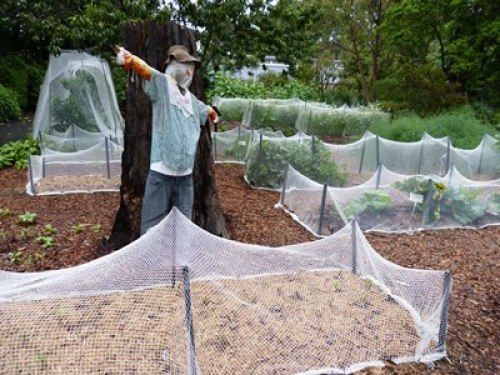
On a recent trip to Australia, I spent time wandering through many of Sydney’s beautiful public gardens. I was intrigued by a warm, tropical climate that allows large cacti to grow right next to palm trees.
Amidst the palm forest and ancient Wollemi pine trees in the Royal Botanic Gardens, is a vegetable demonstration garden. These veggie beds depict the way the first settlers had to plant their gardens.
Australia’s early settlers arrived from England where vegetable gardening was significantly easier. These pioneers had trouble planting vegetable gardens because the land was almost impossible to clear.
The large trees that covered the landscape had such wide-spreading roots that it could take a dozen men more than five days to remove a single enormous tree. English axes were no match for ironbark trunks or the massive red gum trees.
Eventually the settlers resigned themselves to planting their gardens around the large stumps.
Another challenge was protecting the crops from birds, insects and other garden pests that weren’t used to such a delicious buffet. Raised beds and netting were two ways to help ensure successful crops.
There’s another vegetable demonstration garden on the grounds of the Taronga Zoo in Sydney. The gardens are planted in the backyard of the conservation house that shows all the ways Australians can reduce, reuse and recycle.
Signage in the garden encourages gardeners to plant the right shrubs and flowers to attract butterflies. There’s a sign with instructions for building a simple pond to attract frogs to the garden. Mosquitos are kept away with a pump that keeps the water moving.
The flower beds are all no-dig, mulch-layered gardens that are irrigated with rainwater. A large cistern catches rain as it runs off the roof. The vegetable garden is planted in raised beds that are placed several feet off the ground. These crops are also protected with heavy-duty screens.
The beds are planted with a variety of herbs, colorful lettuces and companion plantings. Beans are planted with sweet corn to add nitrogen to the soil; marigolds help repel soil pests that could harm eggplant, potatoes and pumpkins; and onions and garlic help keep insect pests away from celery and tomatoes.
The wooden compost bin was full and just waiting for a friendly shovel.
Fine Gardening Recommended Products

Razor-Back Potato/Refuse Hook
Fine Gardening receives a commission for items purchased through links on this site, including Amazon Associates and other affiliate advertising programs.

A.M. Leonard Deluxe Soil Knife & Leather Sheath Combo
Fine Gardening receives a commission for items purchased through links on this site, including Amazon Associates and other affiliate advertising programs.

SHOWA Atlas 370B Nitrile Palm Coating Gloves, Black, Medium (Pack of 12 Pairs)
Fine Gardening receives a commission for items purchased through links on this site, including Amazon Associates and other affiliate advertising programs.


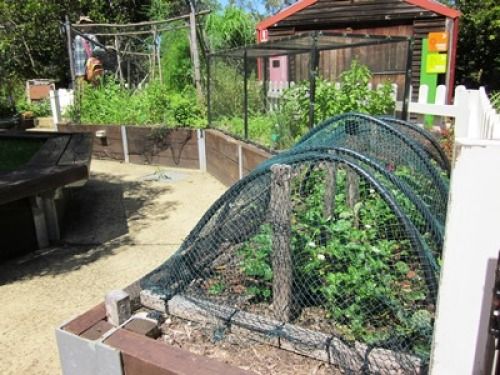
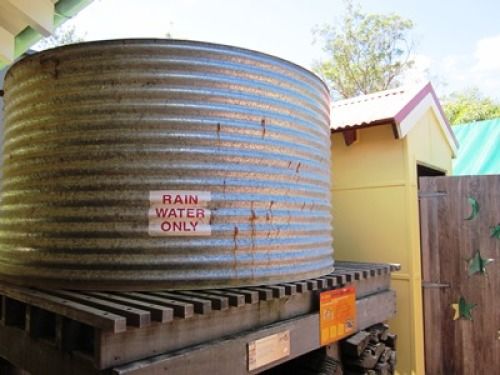
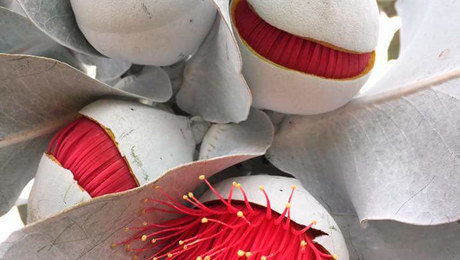
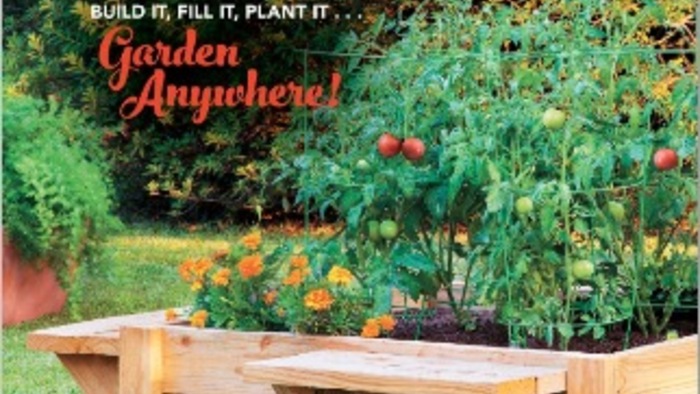
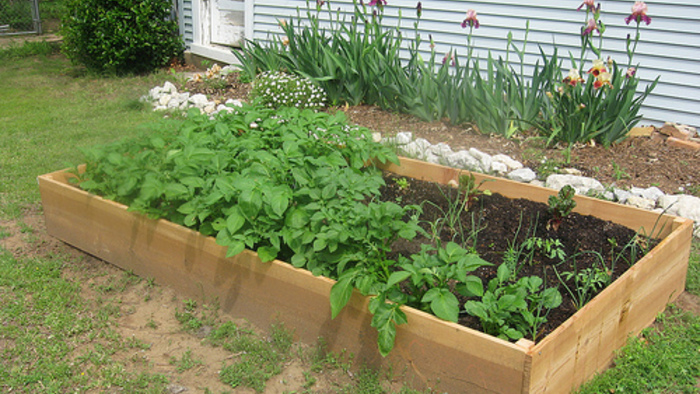














Comments
Log in or create an account to post a comment.
Sign up Log in